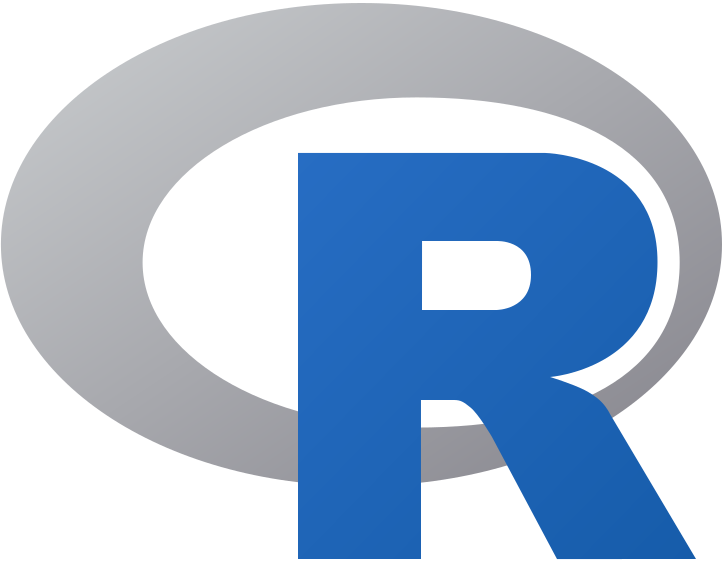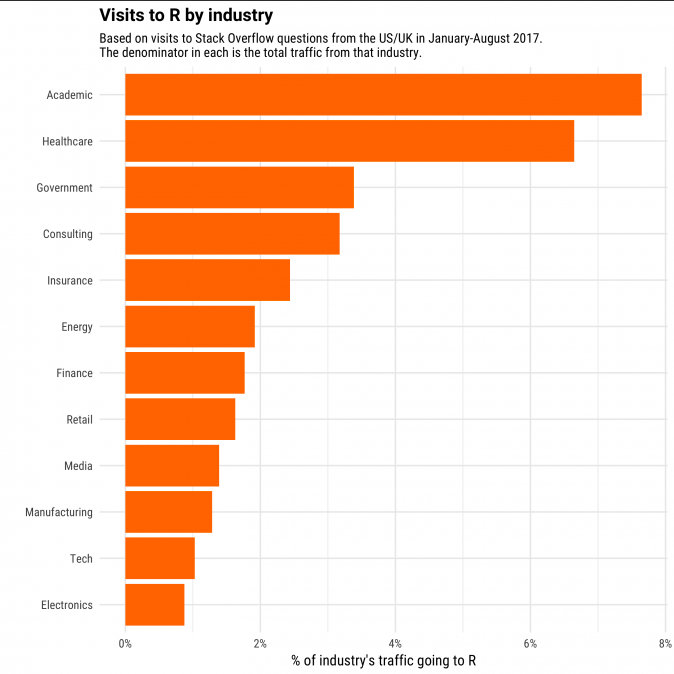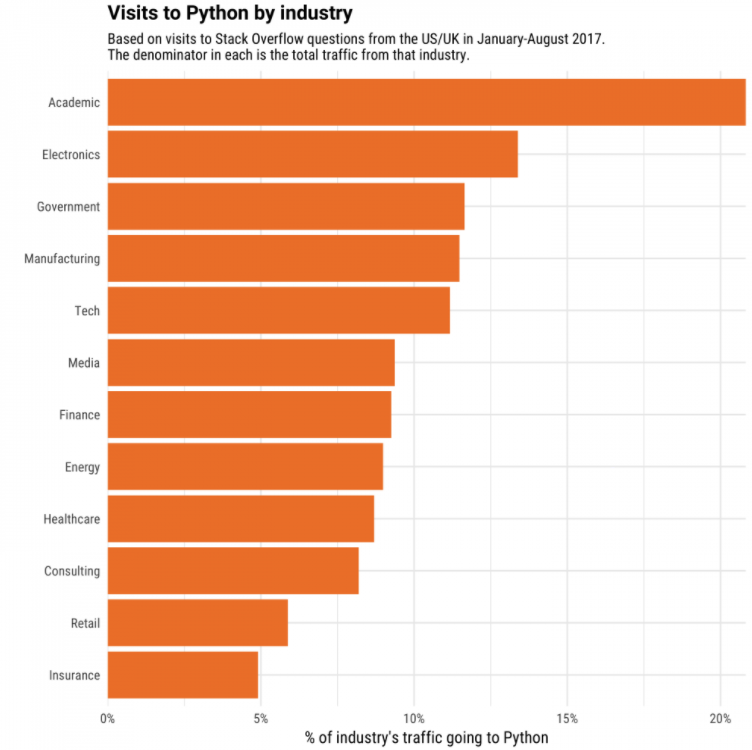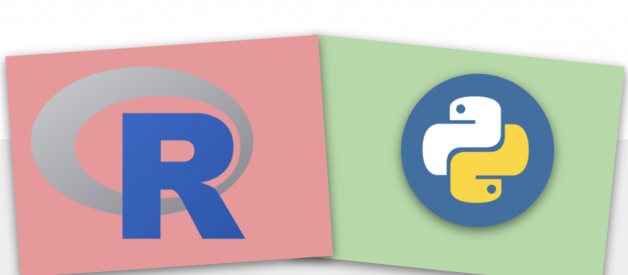Questions you should ask while picking the best programming language for your Data Science project

The battle between programming languages has always been of interest to many. With the advancing world, we have a new programming language or framework every few months. Developers/Analysts/Researchers keep looking for the best language that gets their tasks done with good performance incurring the least cost.
The reason for using an ellipsis in the title is that we have always looked at the wrong reasons for choosing a language. There are a bunch of factors that lead to the choice of a certain language. And with Data Science projects flooding the market, the question is NOT ?which is the best language? but which one suits your project requirements and environment(work setting).
So, with this post, I intend to present you with the right set of questions you should be asking in order to decide upon choosing the best programming language for your data science project.
Video, I published based on this blog!
Most commonly used programming languages for Data Science
Python and R are the most widely used languages among others( for example, Java, Scala, Matlab) for statistical analysis or machine learning-centric projects.
Both of these are state-of-the-art open-source programming languages with great community support. You keep learning about new libraries and tools achieving newer levels of performance and complexity.
Python
 Python Logo
Python Logo
Python is well-known for its easy to learn and readable syntax. With a general-purpose(jack of all trades) language like Python, you can build complete scientific ecosystems without worrying much about the compatibility or interfacing issues.
Python codes have low maintenance cost and they are arguably more robust. From data wrangling to feature selection, web scraping, and deployment of our machine learning models, python can get almost everything done with integration support from all the major ML and deep learning APIs like Theano, Tensorflow, and PyTorch.
R
 R programming language logo
R programming language logo
R was developed by academicians and statisticians over two decades ago. R today enables many statisticians, analysts, and developers to carry out their analysis. We have over 12000 packages available in CRAN (open-source repository).
Since it was developed keeping statisticians in mind, R becomes the first choice for all the core-scientific and statistical analysis. We have a package in R for almost every kind of analysis there is. Data analysis has been made very with tools like RStudio which allows you to communicate your results with concise and elegant reports.
4 Questions to learn about the BEST suited language for your project!
So, how does one make the right choice for their work at hand?
Try answering these 4 questions:
1. Which language/framework is preferred in your organisation/industry?
Depending on the industry you are working in and the most commonly used language by your peers and competitors, you might want to speak the same language. Here is an analysis carried out by David Robinson(Data Scientist), it?s a reflection of the popularity of R in an industry and you can see that R is outstandingly being used in Academia and Healthcare.
So, if you?re someone who wants to go into research, academia or bioinformatics, you might consider R over Python.
 Source: https://stackoverflow.blog/2017/10/10/impressive-growth-r/
Source: https://stackoverflow.blog/2017/10/10/impressive-growth-r/
The other side of this coin is software industries, application-driven organizations, and product-based companies. You might have to go hand-in-hand with the tech stack of your organization?s infrastructure or the language that your colleagues/teams are using.
And most organizations/industries have their infrastructure based on Python including academia as well:
 Source: https://stackoverflow.blog/2017/09/14/python-growing-quickly/
Source: https://stackoverflow.blog/2017/09/14/python-growing-quickly/
For an aspiring data scientist, it is a clear choice to learn something which has manifold applications and which could increase their chances of getting a job.
2. What is the scope of your project?
This is an important question because before you pick up a language, you must have an agenda for your project, the extent to which you want to work over it.
R: For example, if you want to simply solve a statistical problem through a dataset, perform some multi-variate analyses, and prepare a report or a dashboard explaining the insights, R might turn out to be a better choice because of its powerful visualization and communication libraries.
Python: On the other hand, if the aim is to first carry out exploratory analysis, develop a deep learning model and then deploy the model within a web application, Python?s web frameworks, and support from all the major cloud providers make it a clear winner.
3. How experienced are you in the field of data science?
For a beginner in data science who has limited familiarity with statistics and mathematical concepts, Python might turn out to be a better choice because it lets you code the fragments of an algorithm with ease.
With libraries like NumPy, you can manipulate matrices and code algorithms yourself. As a novice, it is always better to learn to build things from scratch rather than hopping onto using machine learning libraries.
Whereas if you already know the fundamentals of machine learning algorithms, you can pick up either of the languages to get started with.
4. How much time do you have at hand/cost of learning?
The amount of time you can invest makes another case for your choice. Depending on your experience with programming and the delivery time of your project, you might choose one language over another to get started in the field.
If there is a high-priority project and you don?t know either of the languages, R might be an easier option for you to get started as you need limited/no experience with programming. You can write statistical models with a few lines of code using existing libraries.
Python(a programmer?s choice) is a great option to start off with if you have some bandwidth to explore the libraries and learn about methods of exploring datasets which in case of R can be done quickly within Rstudio.
Conclusion
In a nutshell, the gap between the capabilities of R and Python is getting narrower. Most of the jobs can be done by both languages. And both have rich ecosystems to support you.
Choosing a language for your project will then depend on:
- Your prior experience with Data Science(stats and math) and programming.
- The domain of the project at hand and the extent of statistical or scientific processing required.
- The future scope of your project.
- The language/framework that is most widely supported in your teams, organisation, and industry.
Data Science with Harshit
With this channel, I am planning to roll out a couple of series covering the entire data science space. Here is why you should be subscribing to the channel:
- The series would cover all the required/demanded quality tutorials on each of the topics and subtopics like Python fundamentals for Data Science.
- Explained Mathematics and derivations of why we do what we do in ML and Deep Learning.
- Podcasts with Data Scientists and Engineers at Google, Microsoft, Amazon, etc, and CEOs of big data-driven companies.
- Projects and instructions to implement the topics learned so far.
You can connect with me on Twitter, LinkedIn, or Instagram(where I talk about health and wellness.)


